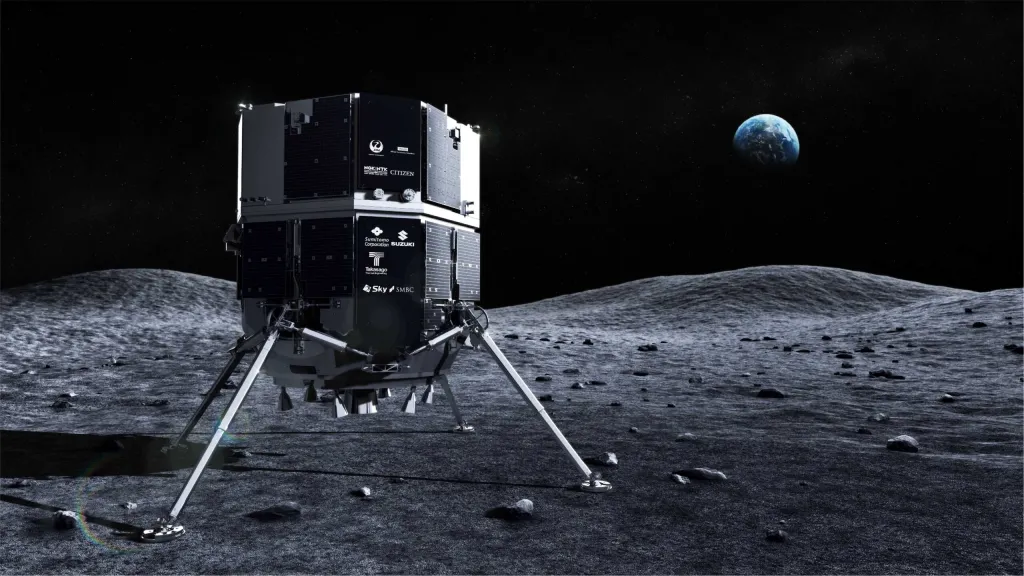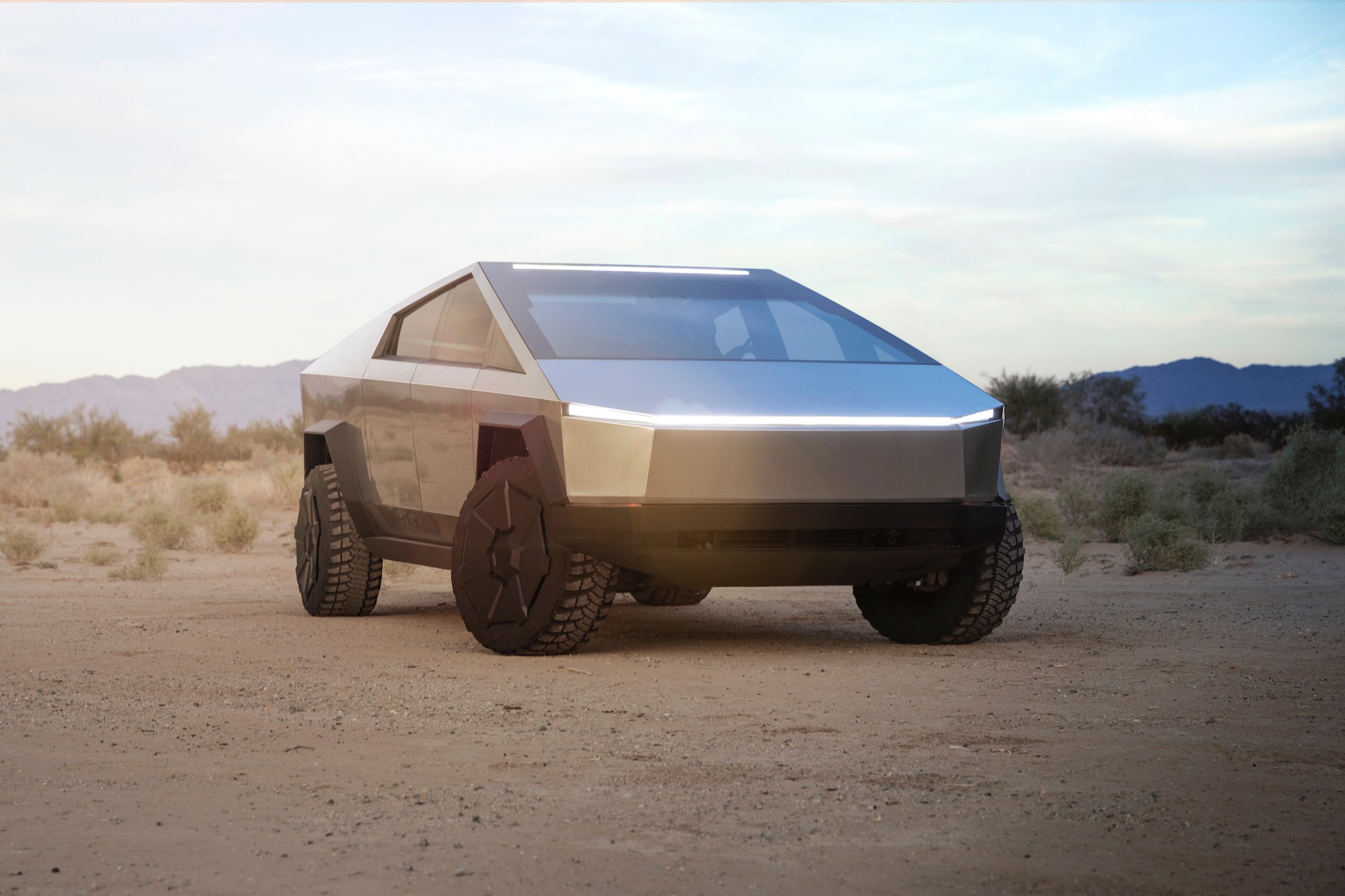The HAKUTO-R M1 module, developed by the Tokyo company iSpace, was supposed to land on the moon on April 25 – but lost contact with the device minutes before the planned landing.
Course
Frontend Developer

The lander was approximately 80 meters above the surface and moving at a speed of more than 30 kilometers per hour when telemetry data was lost. Half an hour after the module was supposed to land, the ispace team admitted that it appeared the rover had failed to land on the moon.

6 hours later, the company issued a statement stating that as the vehicle approached the surface, “the estimated remaining fuel reached the lower threshold, and shortly thereafter the rate of descent increased sharply” – indicating that the lander had run out of fuel. and the engines shut down prematurely.
“There is a high probability that the lander eventually made a hard landing on the lunar surface,” the company said.
Hard landing approved. ?
But honestly, major props to @ispace_inc for making it far today. Next time! pic.twitter.com/VRfyGkcT0d
— Eric Berger (@SciGuySpace) April 25, 2023
The 340-kilogram, two-meter HAKUTO-R M1 lander was launched on a Falcon 9 on December 11 and reached lunar orbit in three months. In total, the device covered 1.4 million kilometers.
Among the payloads it was supposed to deliver to the moon: a miniature transforming robot developed by Sony and toy company TOMY, as well as Rashid, a small 10-kilogram lunar rover designed in the United Arab Emirates to explore the Atlas Crater to the north – Moonrise.
iSpace is currently working on the HAKUTO-R M2 lander, similar in design to the M1, and plans to launch it in 2024. The ship is to deliver a rover to the Moon that will collect regolith samples for NASA. In February, representatives of iSpace stated that they do not plan to make significant changes to the design of the M2 because “they took into account the lessons learned during the development of the first lander.”
After the hard landing of HAKUTO-R M1, iSpace CEO Takeshi Hakamada said that the data collected will be useful for a future mission:
“We have fully realized the importance of this mission, having gained a lot of data and experience through the landing phase. It is important to transfer this knowledge to M2.
In history, only three countries have made a controlled landing on the moon – the United States, the former Soviet Union, and China. The US remains the only country to have sent men to the moon. Japan’s own national space agency has not yet tried to land on the moon – in 1990, the Hiten spacecraft only flew by it, receiving data on cosmic dust. The country plans to attempt a landing later this year.
Japan’s iSpace, in turn, tried to put its module on the moon as a business, and not under the flag of one country. The company took to Twitter to share news of the mission, and in one of the tweets, it added a photo of Earth taken by the HAKUTO-R M1 during its journey into lunar orbit.
We’ve received another incredible photo from the onboard camera on our Mission 1 lander!
Seen here is lunar Earthrise during a solar eclipse, captured by a lander-mounted camera at an altitude of about 100 km from the lunar surface. (1/2) pic.twitter.com/pNSI4lPnux
— ispace (@ispace_inc) April 24, 2023
- Japan’s iSpace is, however, one of the companies that competed in the Google Lunar XPrize competition. The project included a reward of $20 million for a company that would send a robotic device to the moon and be able to transmit data to Earth. In 2018, the competition was canceled, but the company did not abandon its plans. Previously, Israel’s SpaceIL participated in the XPrize, whose spacecraft crashed in 2019 after the team lost contact with the lander as it neared the surface.
Previously, NASA presented the astronauts who will go to the moon as part of the Artemis II mission, scheduled for November 2024. The mission does not involve landing on the moon, this task will be assigned to Artemis III, which is scheduled for December 2025. Last November, NASA successfully completed the three-week Artemis I mission involving the uncrewed Orion spacecraft.





